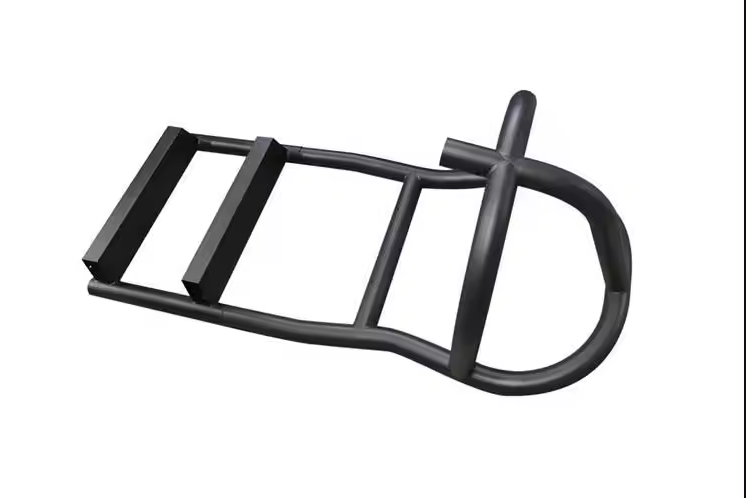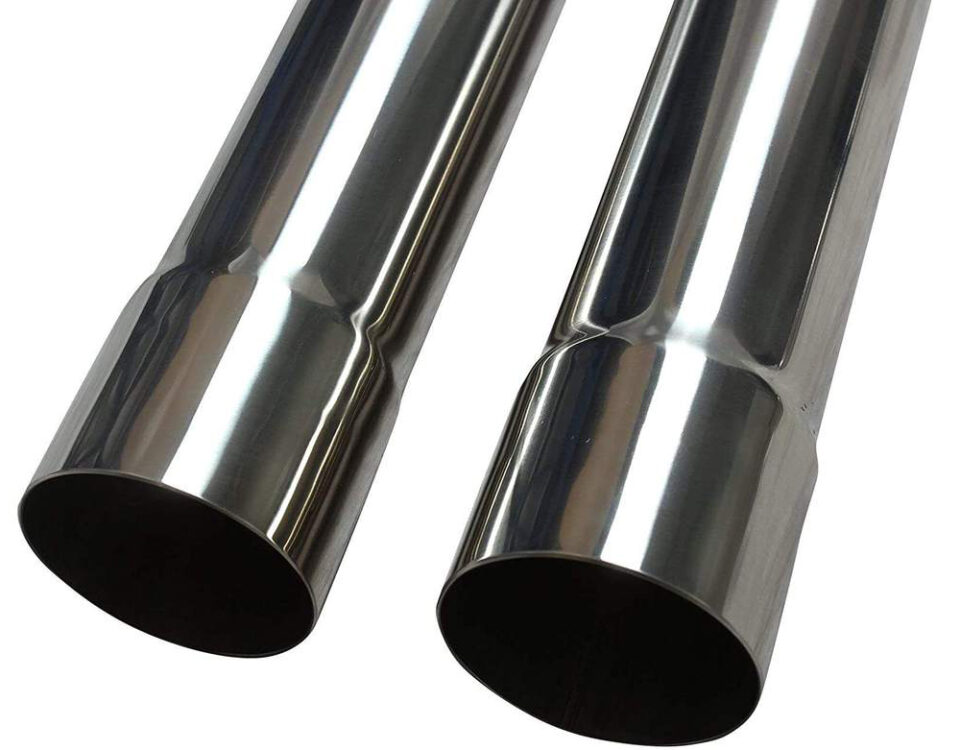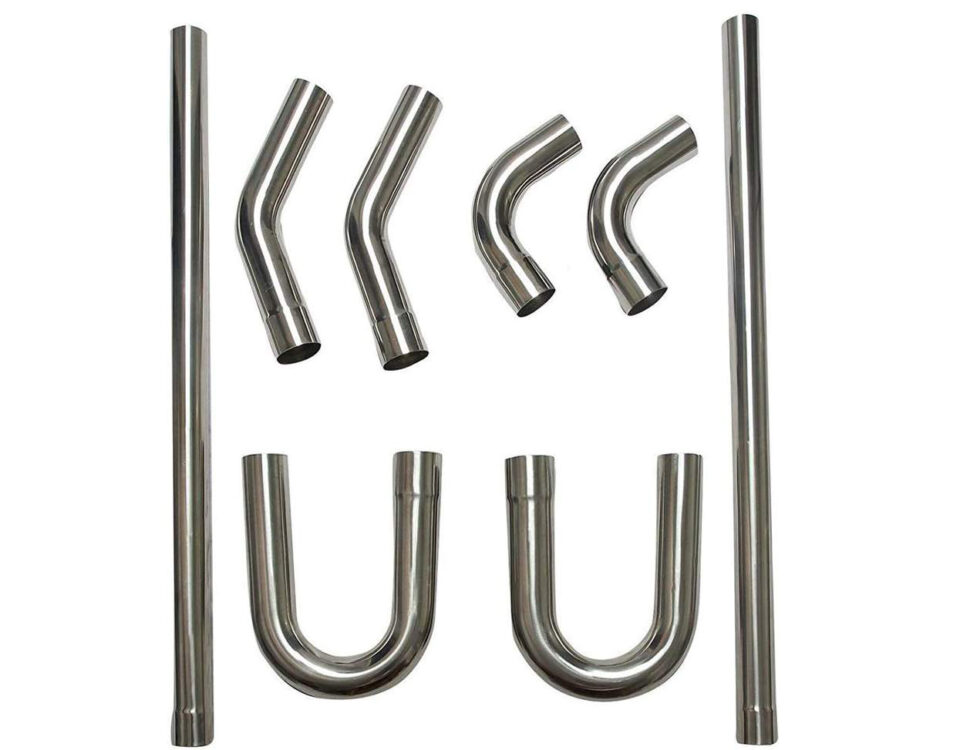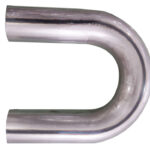
Tight Radius Bending
November 10, 2023
Large Diameter Pipe Bending
November 13, 2023Mastering the Art of Long Radius Bending
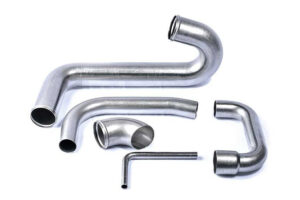
Long radius bending is a specialized process used in various industries to manipulate metal tubes, pipes, and profiles into smooth and precise curved shapes. This technique offers numerous benefits, including improved flow characteristics, enhanced aesthetics, and increased structural integrity. In this article, we will explore the intricacies of long radius bending, discussing its applications, materials, and the key considerations involved in achieving high-quality results.
1. Understanding Long Radius Bending:
Long radius bending involves bending metal components with larger radii, resulting in gentle and gradual curves. The radius of the bend is typically more than twice the diameter of the tube or pipe being bent, minimizing stress concentrations and preserving the structural integrity of the material. This technique allows for greater flexibility in designing complex curves while ensuring optimal flow rates and minimal pressure drops in fluid-carrying systems.
2. Materials Suitable for Long Radius Bending:
Long radius bending can be performed on a variety of metals, including stainless steel, carbon steel, aluminum, copper, and alloys. The choice of material depends on factors such as the intended application, environmental conditions, and desired aesthetic appearance. Each material has its own unique characteristics that must be taken into account during the bending process, such as ductility, corrosion resistance, and tolerance to temperature fluctuations.
3. Bending Techniques:
Long radius bending can be achieved using different bending techniques, depending on the specifications and requirements of the project. Some common methods include:
a. Mandrel Bending: In this technique, a mandrel (a rod or solid insert) is placed inside the tube or pipe to prevent it from collapsing during the bending process. Mandrel bending ensures consistent and accurate bends without distortion or wrinkling of the material.
b. Roller Bending: Roller bending involves passing the metal component through a set of rollers that gradually shape it into the desired curve. This technique is suitable for larger diameter tubes and pipes and allows for consistent, smooth bends.
c. Heat Induction Bending: Heat induction bending utilizes localized heating of the material to increase its ductility, making it easier to bend without causing excessive strain. This process is particularly useful for thick-walled or heat-resistant materials requiring tighter radii.
4. Equipment and Tooling:
Proficient long radius bending requires specialized equipment and tooling. CNC (Computer Numerical Control) machines equipped with precision bending dies and mandrels are commonly used to achieve accurate and repeatable bends. The choice of equipment depends on factors such as the material thickness, diameter, and curvature requirements.
5. Quality Assurance and Testing:
To ensure the highest quality standards, thorough testing and inspection procedures are implemented throughout the long radius bending process. This includes checking for dimensional accuracy, wall thickness uniformity, surface finish, and structural integrity. Non-destructive testing methods, such as visual inspection, ultrasonic testing, and dye penetrant testing, may be employed to detect any defects or irregularities that could compromise the performance or reliability of the bent components.
Conclusion:
Long radius bending is a versatile technique that offers numerous advantages in various industries, including improved fluid flow, enhanced aesthetics, and superior structural strength. The success of long radius bending lies in understanding the unique properties of the materials involved, selecting appropriate bending techniques, utilizing specialized equipment, and conducting rigorous quality control measures. By mastering this art, manufacturers can deliver curved metal components that meet precise specifications, contributing to the success of diverse applications ranging from architectural structures to complex piping systems.
Note: The information provided serves as a general guide to long radius bending. Consultation with industry professionals and adherence to specific project requirements are recommended for optimal results.

